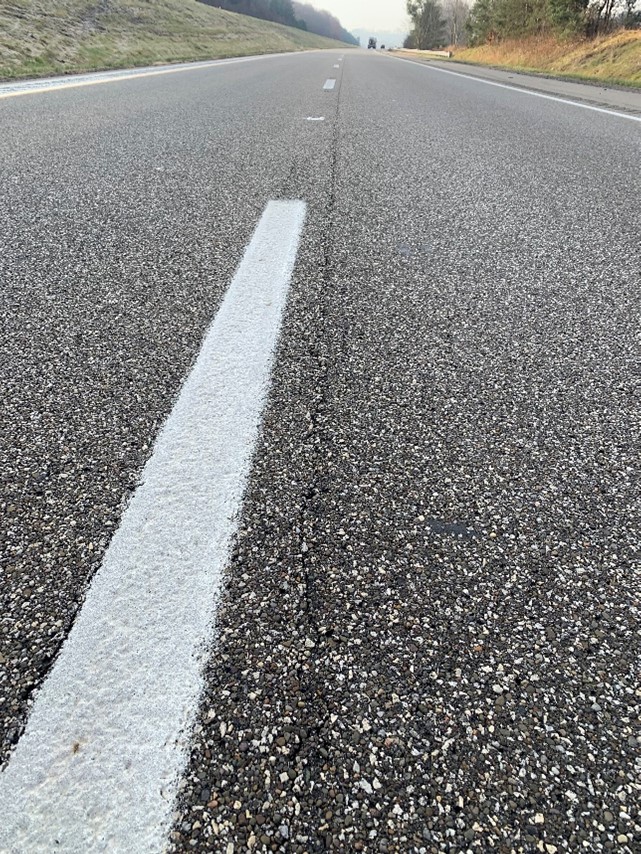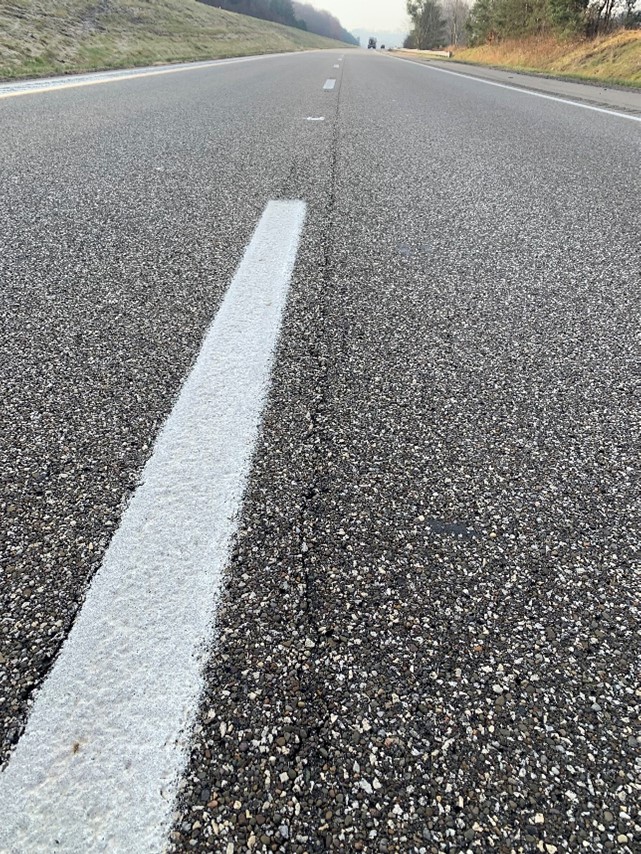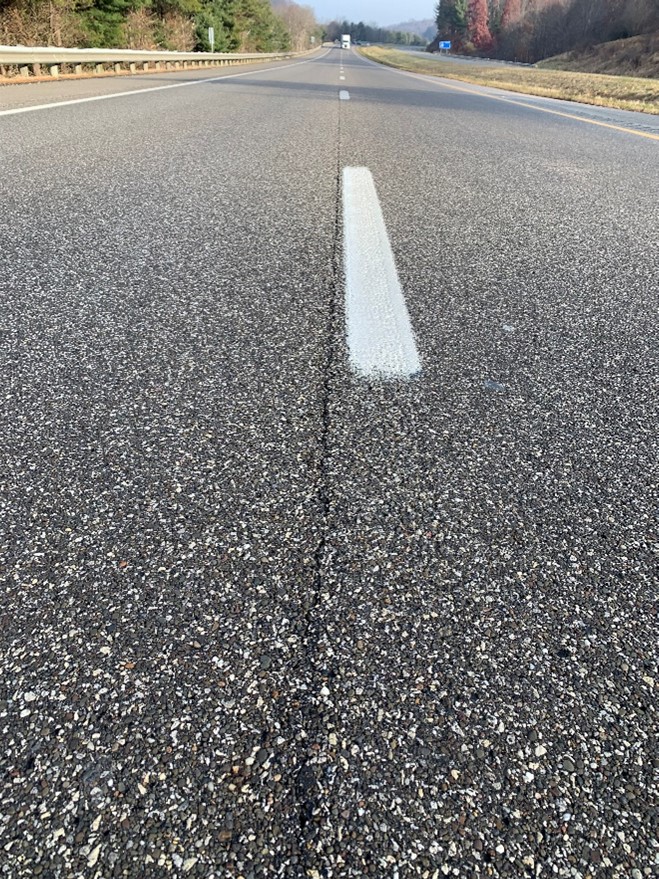VRAM 2021. Analyzing Performance of Previous Year’s Projects.
The year 2021 was another important year for VRAM, as several states were added to the list of those with VRAM experience. It is now 21 states and The District of Columbia.
The year 2021 was also important from the perspective of how well roads constructed with VRAM continue to perform. Since 2002 VRAM treated roads continue to be longer-lasting, safer and more economical than roads that are not utilizing VRAM during initial construction.
Over the coming weeks, we will review a number of different case studies of VRAM treated roads across our network.
Owner: ODOT
Applicator: Road Fabrics
Prime: Shelly & Sands
Project: Tuscarawas County I-77 #170036
Location: Newcomerstown, OH
Date Constructed: 4-27-2017
Date Reviewed and Pictures Taken: 12-1-2021
There are test sections on both northbound and southbound lanes of this project in Tuscarawas County Ohio. In a recent technical review of this project, Asphalt Materials’ Chad Crosby notes that, “the control sections, the sections that did not use VRAM at time of construction are showing cracks on both northbound and southbound lanes. They are 100% cracked with the cracks showing a width of 1/2”.
The pictures included in this article are showing how roads with and without VRAM hold up after more than 5.5 years of use.
VRAM is a Void Reducing Asphalt Membrane. Since it’s discovery and application on roads in 2002, VRAM has demonstrated a track record of extending the life of roads by protecting longitudinal joints and improving the performance of the entire pavement.
Unlike other treatments, VRAM significantly reduces air voids in longitudinal joints. J-Band® is Asphalt Materials’ VRAM, a Void Reducing Asphalt Membrane. J-Band is a materials approach, applied prior to paving under the eventual location of the longitudinal joint. It migrates upward fills voids and reduces permeability as the hot mix is installed on top of it. This materials approach has improved the performance of centerline joints and entire pavements.
Through our long history serving the asphalt industry, we understand that longitudinal joint cracking has long been a problem for not just engineers and applicators, but the communities they live in. Thanks to collaboration between state transportation agencies, industry experts at Asphalt Materials, Inc., and the leading-edge laboratories at Heritage Research Group, it’s easier than ever to preserve your investment.
J-Band® is a product of Asphalt Materials, Inc. and created in the labs of Heritage Research Group.



